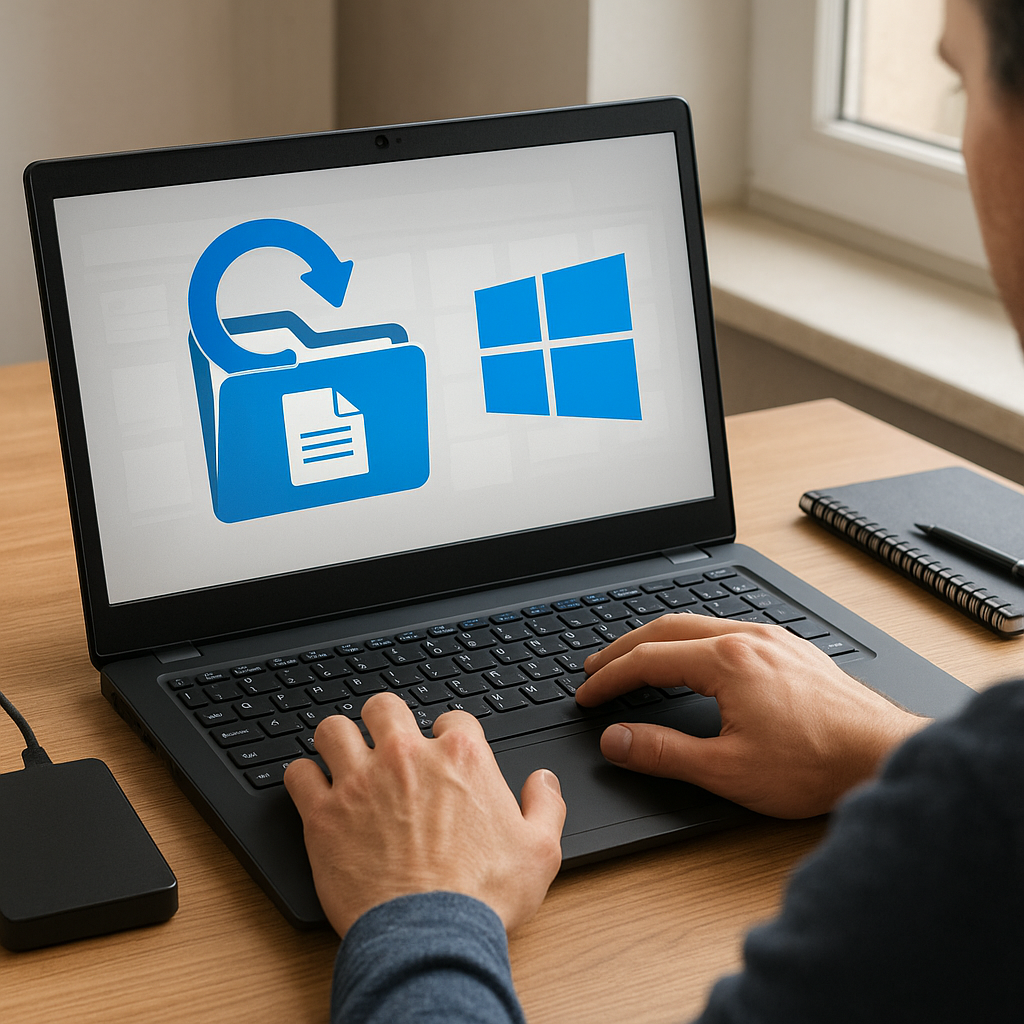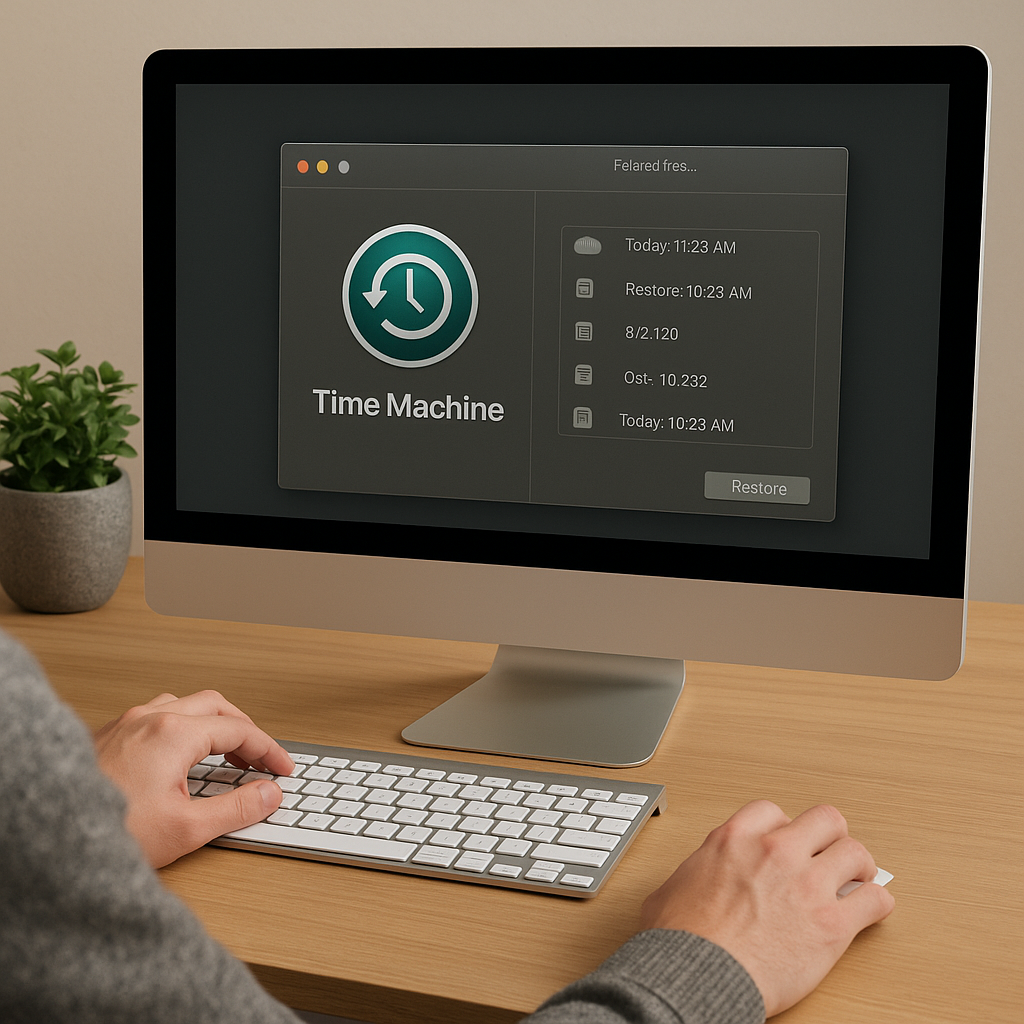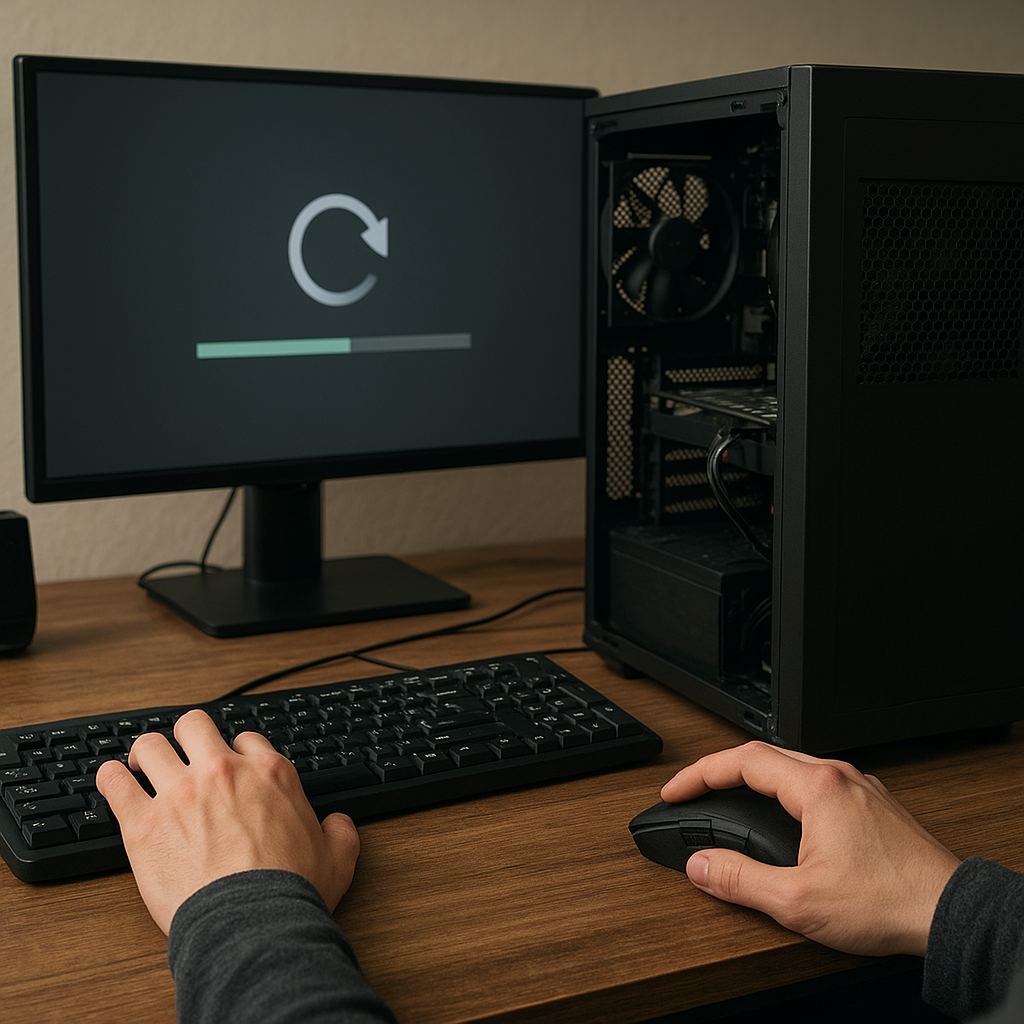Fixing Startup Repair Loops in Windows – What to Do Next?
Encountering a startup repair loop in Windows can be a frustrating experience, especially when you need to access your computer urgently. This article will guide you through understanding what causes these loops and provide actionable steps to resolve them.
Understanding Startup Repair Loops
Startup repair loops occur when Windows attempts to fix boot issues but fails, leading to a repetitive cycle of attempted repairs. This can be caused by various factors, including corrupted system files, hardware issues, or incorrect configurations. Recognizing the root cause is crucial for effective troubleshooting.
Common Causes
- Corrupted System Files: System files can become corrupted due to improper shutdowns, malware, or failed updates.
- Hardware Failures: Issues with the hard drive, RAM, or other components can trigger startup repair loops.
- Software Conflicts: Incompatible drivers or software can interfere with the boot process.
- Registry Errors: Incorrect or corrupted registry entries can prevent Windows from starting correctly.
Initial Troubleshooting Steps
Before diving into more complex solutions, try these initial troubleshooting steps:
- Restart Your Computer: Sometimes, a simple restart can resolve temporary issues.
- Disconnect External Devices: Remove any external devices, such as USB drives or printers, to rule out hardware conflicts.
- Boot into Safe Mode: Safe Mode loads a minimal set of drivers and can help identify if a third-party application is causing the issue.
Advanced Solutions to Fix Startup Repair Loops
If initial troubleshooting steps do not resolve the issue, consider these advanced solutions:
Using System Restore
System Restore can revert your computer to a previous state before the issue occurred. Follow these steps:
- Boot your computer and press F8 before the Windows logo appears.
- Select Repair Your Computer and press Enter.
- Choose System Restore from the System Recovery Options menu.
- Select a restore point and follow the on-screen instructions.
Running SFC and CHKDSK
The System File Checker (SFC) and Check Disk (CHKDSK) utilities can repair corrupted system files and disk errors:
- Boot from a Windows installation media (USB or DVD).
- Select Repair Your Computer and open the Command Prompt.
- Run
sfc /scannowto scan and repair system files. - Run
chkdsk /f /rto check for and fix disk errors.
Rebuilding the BCD
The Boot Configuration Data (BCD) store contains boot configuration parameters. Rebuilding it can resolve boot issues:
- Boot from a Windows installation media and open the Command Prompt.
- Run the following commands:
bootrec /fixmbrbootrec /fixbootbootrec /scanosbootrec /rebuildbcd
Performing a Clean Installation
If all else fails, performing a clean installation of Windows can resolve persistent issues. Ensure you back up your data before proceeding:
- Boot from a Windows installation media.
- Select Install Now and follow the on-screen instructions.
- Choose Custom: Install Windows only (advanced).
- Select the partition where Windows is installed and click Next.
Preventing Future Startup Repair Loops
Once you have resolved the startup repair loop, take steps to prevent future occurrences:
Regular System Maintenance
- Keep Your System Updated: Regularly install Windows updates to ensure your system has the latest security patches and bug fixes.
- Run Antivirus Scans: Use a reliable antivirus program to scan for and remove malware.
- Backup Your Data: Regularly back up your important files to an external drive or cloud storage.
Hardware Checks
- Monitor Hardware Health: Use diagnostic tools to check the health of your hard drive, RAM, and other components.
- Replace Faulty Hardware: If any hardware components are failing, replace them promptly to avoid system issues.
Conclusion
Fixing startup repair loops in Windows requires a systematic approach to identify and resolve the underlying issues. By following the steps outlined in this article, you can effectively troubleshoot and fix these loops, ensuring your system runs smoothly. Regular maintenance and proactive measures can help prevent future occurrences, keeping your computer in optimal condition.












